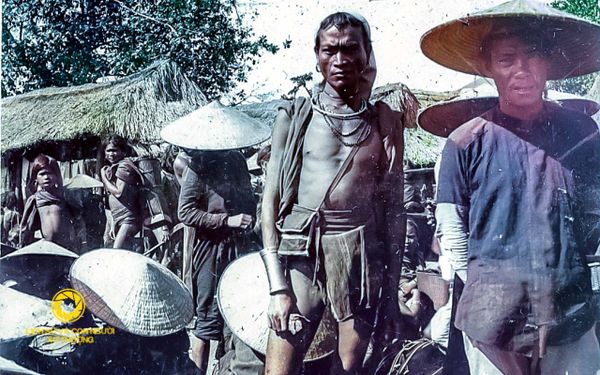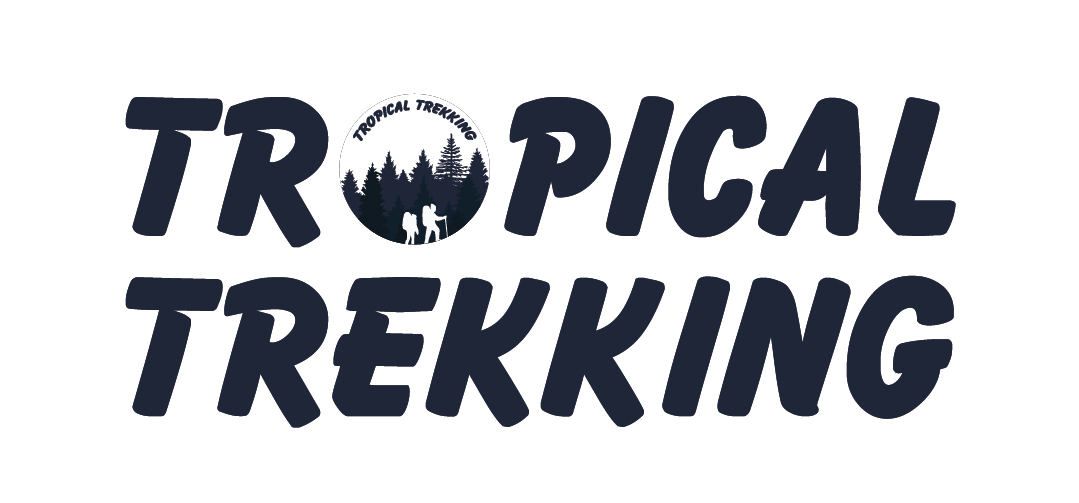TREKKING THE HISTORY SALT TRAIL - FINDING ABOUT THE STARTING OF THE ETHNIC
Follow the footsteps of the K'Ho to find the history salt trail in the past.
The Origin of the Salt Trail
Mountain people attach great importance to the Gods. In the worshiping ceremony, it is impossible to lack salt. That's why the K'Ho people say "Mẹ boh mẹ bla" (Mother of salt, Mother of Ivory) Ede, Jrai say "Nao trun yuăn mlih hra" (Go down to the Kinh area to buy salt). Salt is an extremely valuable product because of its scarcity.
Not bordering the sea like other provinces, the Central Highlands people value salt more than gold. Wealth is measured by the salt cans in the kitchen cupboard. Salt is expensive and scarce, so a piglet can only be exchanged for a can of table salt.

Trekking The History Salt Trail
If Son Tinh had offered King Hung the precious gifts “một trăm ván cơm, một trăm nệp bánh chưng, voi chín ngà, gà chín cựa, ngựa chín hồng mao” (a hundred trays of glutinous rice, one hundred rice cakes, elephant with nine tusks, rooster with nine spurs, a horse with nine manes) to marry Mi Chau (Legend of Son Tinh - Thuy Tinh)
Then the people of the Central Highlands had to cross the mountains and forests and carry on their backs precious products such as bear bile, brocade, deer antler, pig's fangs, Morinda officinalis, ... to exchange for salt with other provinces.
The healthy men in the family were assigned the responsibility of changing the salt. They started early in the morning, carried things used to exchange with the Kinh on their back, picked vegetables, hunted animals, caught fish to avoid hunger, slept on trees at night to avoid wild animals,... Each bag can hold about 10-15kg of salt, that's enough for their family to eat for almost a whole year. At the beginning, there were only a few people, and the group visited the trade union more and more crowded each time to rest in other villages.
The Salt Trail is associated with the history of the Vietnamese
No one knows exactly where the beginning and end of the Salt Trail is. Just know that they have existed since the time of their fathers, the way to carry precious products to trade with provinces near the sea. Until the 70s-80s after the war, they continued to go down to the lowlands to pick up salt.

An Khe Market - A place to trade and exchange goods of the Bahnar people (1930) (Source: Gia Lai Newspaper)
During the reign of Nguyen Lord in Dang Trong (Inner Realm - in Central and Southern Vietnam), he created many conditions for the Central Highlands people to exchange economic - cultural with the Kinh people. As a result, a trade corridor was formed extending from Quang Nam - Quang Ngai Provinces to the North of the Central Highlands with two main routes: one connecting Quang Nam, Quang Ngai and Kon Tum, the other from Binh Dinh to Gia Lai that cross 2 passes An Khe and Mang Yang.
By the time Nguyen Nhac started the Tay Son dynasty, he had expanded his trading activities in the An Khe area and was greatly loved by his co-soldiers there. Therefore, An Khe area became a major economic center between the Kinh people in the lowlands and the ethnic people in Central Highland. The Bahnar in the East of Gia Lai came down to exchange salt and fish sauce, and then they continued to transport it to exchange other necessary items to further villages where the Kinh people could not access.
Jean Le Pichon (in Quang Nam, 1890) was the envoy of Governor-General of French Indochina Paul Doumer. He cosidered the trail from Quang Nam to the North Central Highlands - this is also the salt trail in the past and then opened the road connecting the two provinces together to form road 14, now the Ho Chi Minh trail.

Trekking The History Salt Trail
The Salt trail is a vestige of the vibrant economic development of the past, the most vivid expression of the exchange of goods without money.

Trekking The History Salt Trail
Today, the economy is developing rapidly so the trails have been built. But there are still traces of the old Salt trail hidden deep in Bidoup - Nui Ba National Park. The salt trail carries the imprint of the cultural identity of the Central Highlands people, as well as the quintessence of the ethnic groups in Vietnam.

Trekking The History Salt Trail
If you want to follow in the footsteps of the K'Ho people to find the historical Salt trail and discover cultural values and historical stories. Then let's go with Tropical Trekking.

